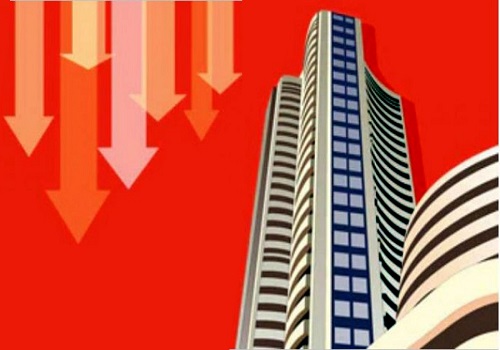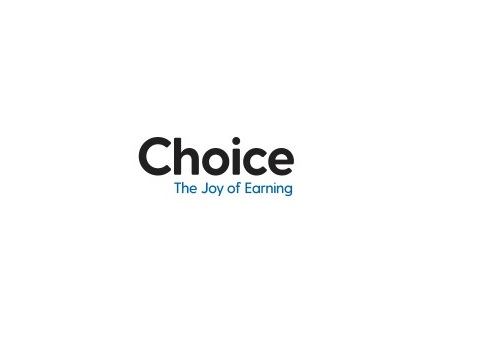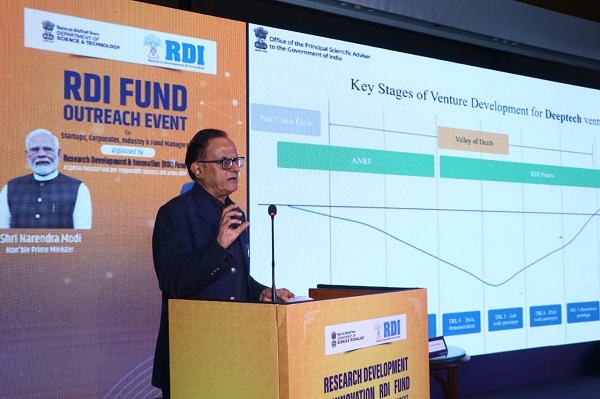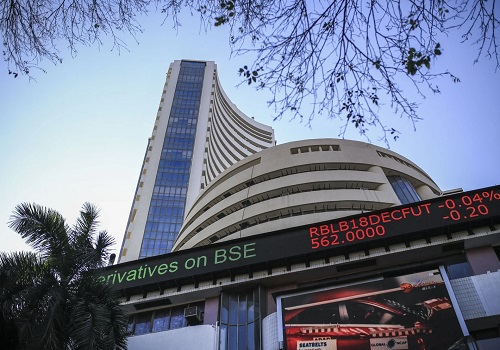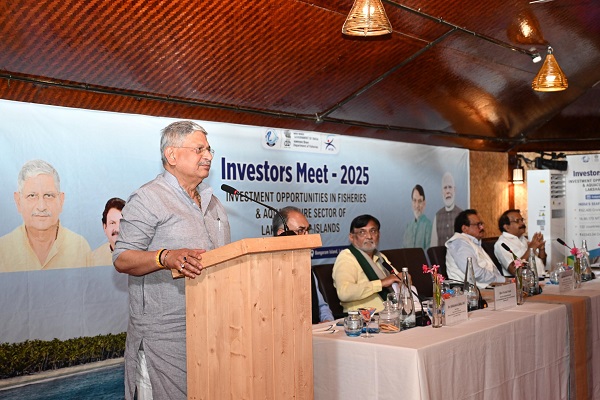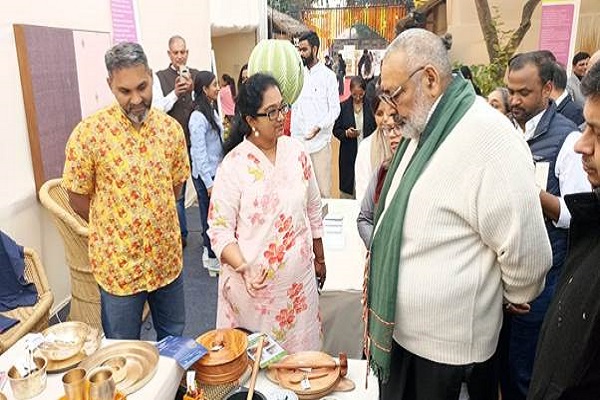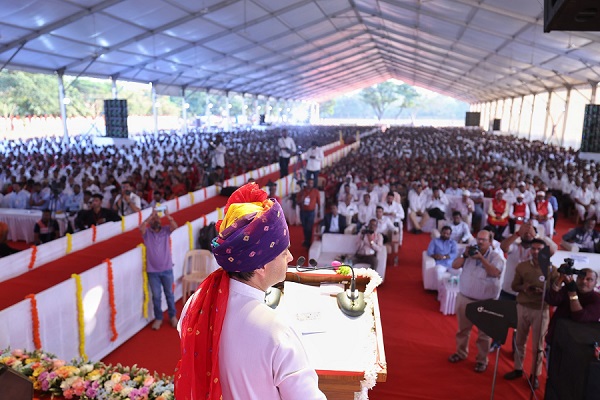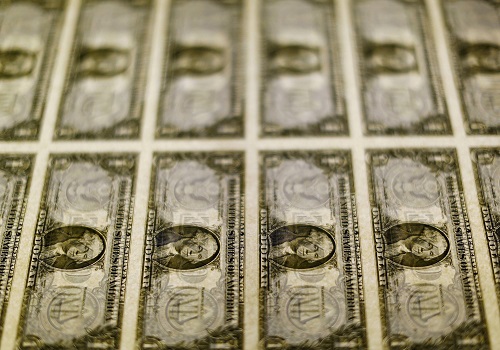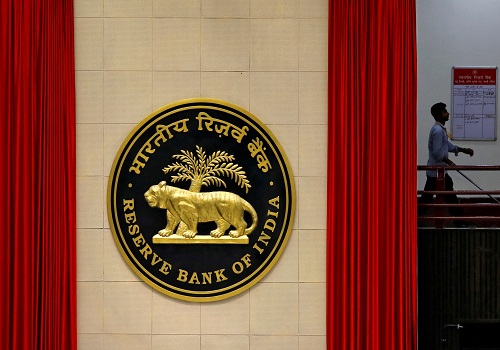Distorted growth led by extreme lowbase effect - Emkay Global
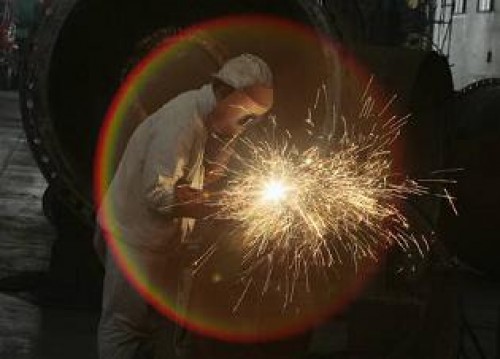
Distorted growth led by extreme lowbase effect
* April IIP growth skyrocketed due to Covid-led distortions in last year. However, the second wave’s effect was visible in the sequential contraction across the board. The base effect-led distortion should continue to influence annualized print in Q2FY22. However, May’21 will likely see a more pronounced sequential contraction.
* June onward growth should improve and further pick up pace in H2FY22 as a larger proportion of the population is vaccinated and lockdowns continue to ease. We expect FY22 GDP growth at 9% and see the central bank remaining accommodative through the year despite increasing inflation noise.
* We see CPI inflation rising to 5.35% in May while WPI inflation will likely see highs of 13.4%.
IIP skyrockets on very low base but sequential cracks appear
Industrial production saw a ‘super-surge’ in April, growing 134.4% (Emkay: 131.5%, consensus: 121.4%) as against an upwardly revised print of 24.1% for March, However, this was driven largely by favorable base effect as last April was a washout for industrial activity. In fact, sequential momentum was weak across the board (down 13%), and with the index mirroring April 2019 levels.
This essentially reflected the hit on production activity as major states such as Maharashtra and Delhi led the localized lockdowns. We note Maharashtra has 18% share in India’s manufacturing GVA. May’21 IIP sequential growth may also be impacted by more pronounced localized lockdowns state-wise. The sharp fall in manufacturing PMI to 50.8 in May (55.5 earlier) already signaled it.
Manufacturing growth leads the show with astronomical growth in most categories
Sector-wise, manufacturing production grew 197.1% yoy vs. 28.3% in March (-12.6% mom, nsa and - 0.9% vs. Apr’19), while mining and electricity output were up by 37.1% yoy (0.2% vs. Apr’19) and 38.5% yoy (6.8% vs. Apr’19), respectively. Within manufacturing, we saw extreme gains in motor vehicles and other transport equipment, tobacco and fabricated metal products, etc. However, compared to Apr’19, key movers were Tobacco products (15.9%), Basic metals (15.1%) and Rubber and plastic products (5.6%), while items which saw declines were Computer, Electronics Products (17.8%), Electrical Equipment (15.4%), Transport Equipment (15.2%) and Motor Vehicles, Trailors (11.1%), etc.
Sharp sequential contraction in Consumer durables and capital goods
Use-based classification wise, sequentially all the use-based sectors reported decline, led by Capital goods (-23.5%), Infra and construction (-15.1%) and Consumer durables (-12.9%). Year-over-year, consumer durables surged 1,944% (55% in March) and consumer non-durables went up by 1,943%, while Capital goods and infrastructure/construction were up 1,077.1% and 564%, respectively. Compared to Apr’19, decline was reported in Capital goods (14.4%) and Consumer durables (11.6).
Gradual pick-up seen in H2FY22; FY22 growth at 9%
Assuming Q1FY22 sees the maximum Covid-2 heat and as a larger proportion of the population is vaccinated and lockdowns continue to ease, some pent-up demand could uptick GDP growth in H2FY22. Factors such as better adapted firms and policy response, stable financial conditions and robust global growth spillovers create growth buffers back home. However, a credible vaccine drive is vital. We see FY22 GDP growth at 9.0%. The recovery ahead may again be led by capital and profits, and not by improving labor markets and wages.
The monetary policy reaction function has become state-based and hinges on growth revival becoming sustainable, while ensuring that inflation remains within the flexible target. We see CPI inflation rising to 5.35% in May while WPI inflation may see highs of 13.4%. However, the RBI may brush it aside as CPI inflation remains sub-6%. Empirically, the pass-through from a 1% change in WPI non-food manufactured products inflation to CPI core goods inflation (~22%wt in the CPI basket) is likely to be about 0.20%, but the pass-through is much less for the overall CPI core inflation and even lesser to the headline CPI inflation. However, this pass-through is time-varying and depends on the output gap.
To Read Complete Report & Disclaimer Click Here
For More Emkay Global Financial Services Ltd Disclaimer http://www.emkayglobal.com/Uploads/disclaimer.pdf & SEBI Registration number is INH000000354
Above views are of the author and not of the website kindly read disclaimer
